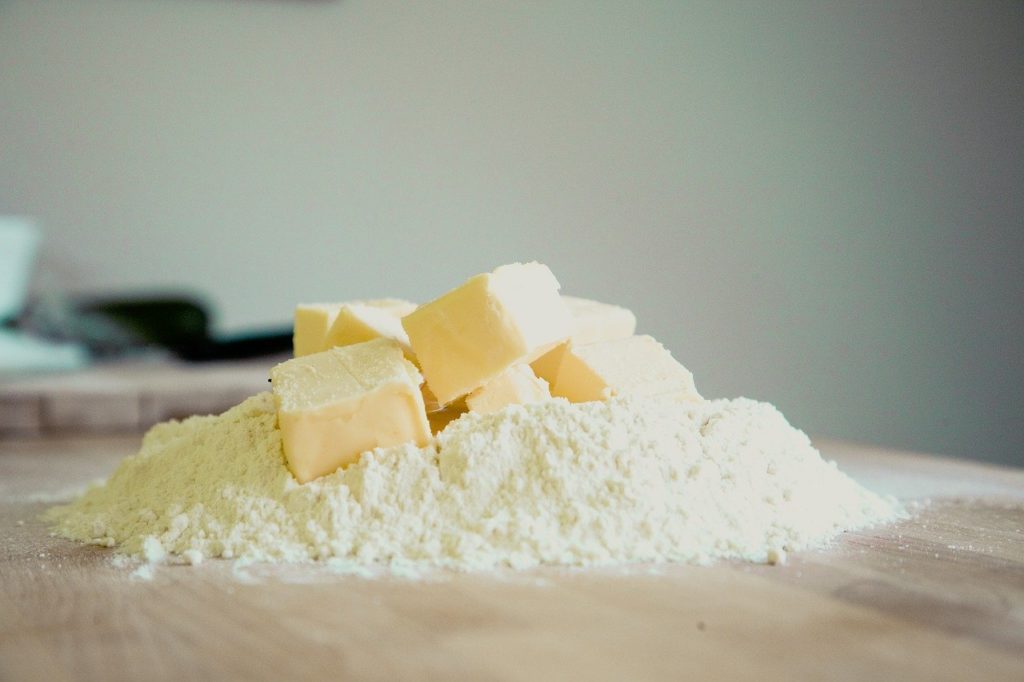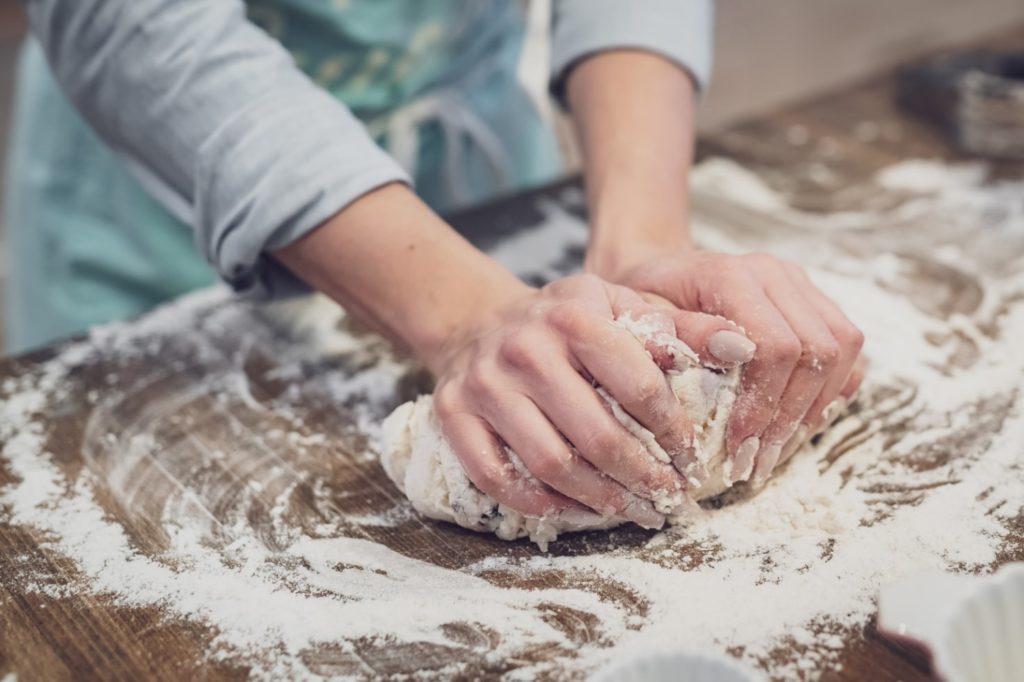Recently updated on April 30th, 2024 at 05:49 pm
Buttery, crumbly, melt-in-the-mouth magnificence. We can only be talking about Scottish shortbread. The finger-licking favourite of foodies in and outside Scotland. So simple, yet outrageously flavoursome and addictive. Lucky for us, National Shortbread Day (6 January) demands we treat our tastebuds to a slice or even an entire freshly baked tray. So while you lick your lips in anticipation, here are 10 fascinating facts to get you in the mood.
3 ingredients is all you need
Did you know Scottish shortbread is made from just 3 ingredients? Butter, flour, and sugar. No leavening agent (like baking powder) is needed. This is excellent news for bakers everywhere. Forget pain-stacking baking formulas, shortbread keeps it simple. 15 to 20 minutes of baking later and you’ll ask yourself: how can something this easy to make be so moreish and mouth-wateringly delicious?
Its butteriness gives it the name ‘shortbread’


The high butter quantity in shortbread (one part sugar to two parts butter) gives it that delightfully crumbly feel. And also its name. This is because the old meaning of the world “short” reflects this crumbliness and so the name ‘shortbread’ stuck. That firm to the bite feel with a crumbly texture is the source of your shortbread addiction. Without it, it could be called something else entirely!
A 12th century dough experiment was the catalyst


Flying back to the 12th century, it’s believed a bold bread cook put leftover bread dough in the oven to dry it out. The result was “biscuit bread” – meaning “twice cooked”. Only later, when butter was added instead of yeast – shortbread was born. And we’ve never looked back.
RELATED CONTENT: 11 dishes you absolutely have to try on your trip to Scotland
There are 3 shapes: fingers, petticoat tails, and rounds
Meet the 3 shortbread shapes: petticoat tails, rounds, and fingers (the most popular type). Although the clean, buttery flavour boosted shortbread to fame, recently bakers have added fruit, nuts, chocolate chip, and vanilla into the mix. Millionaire shortbread with its layers of chocolate and caramel is a crave-worthy treat and many foodies’ guilty pleasure. This National Shortbread Day, unwind with a warm shortbread finger and dunk in a cup of hot tea or coffee. Or – if you’re feeling Scottish – enjoy with a tipple of whisky. Yum!
RELATED CONTENT: Getting a taste for whisky in Scotland
The first shortbread recipe was discovered in 1736
The first printed shortbread recipe appeared in 1736 from Scotswoman called Mrs McLintock. The rest is history. Yeast was used at the time. But by 1850, the butter, flour and sugar ratios used today became common practice. Today, millions flock to their favourite bakeries for a bite and bake an irresistible heap at home to delight friends with or gobble up in one lazy afternoon of film-watching (we admire this!).
Mary Queen of Scots had a serious shortbread addiction
Mary Queen of Scots’ cravings for shortbread skyrocketed it to fame. She asked private chefs to create ‘petticoat shortbread’ shapes based on the petticoats she wore during the 16h century. And thanks to her, this shape remains a big favourite now (see above!) During her reign (1542 – 1567), a bite was reserved only for the elite. Munched on by nobles and royals, and saved for special occasions like weddings, Christmas and New Year for the less rich. Today, shortbread reigns supreme in Scotland – affordable for all.
GET INSPIRED BY: Scotland’s Highlands and Islands
The Scottish New Year shortbread tradition goes back to pagan times
Scottish New Year – known as ‘Hogmanay’ – is incomplete without the taste of shortbread! Inspired by the similar-looking Yule Cakes from pagan times which symbolised the sun and new beginnings, shortbread has become a New Year staple. It’s offered to all who enter the house on New Year’s day and believed to bring good blessings for the year ahead. As if you needed an excuse to devour one.
RELATED CONTENT: 7 Scotland travel experiences you can enjoy with Trafalgar
Scottish bakers entered a tax war over its classification
Bread, biscuit, or cake? In the 1980’s, the Scottish Association of Master Bakers Scottish fought hard to fight off the European Union who wanted to classify shortbread a ‘common biscuit’ in order to charge the higher biscuit tax imposed by the government. Today, many consider it a ‘biscuit’, but the ‘shortbread’ name stays thanks to their perseverance. We like it better this way, anyway.
It was broken over the heads of new brides
Fancy being covered in shortbread crumbs on your wedding day? Well, newly-wed brides in Shetland had no choice. Tradition goes that a lavishly decorated shortbread was broken over head of a new bride on the entrance of her new home as a token of good luck.
What’s your favourite Scottish food? Let us know in the comments below!